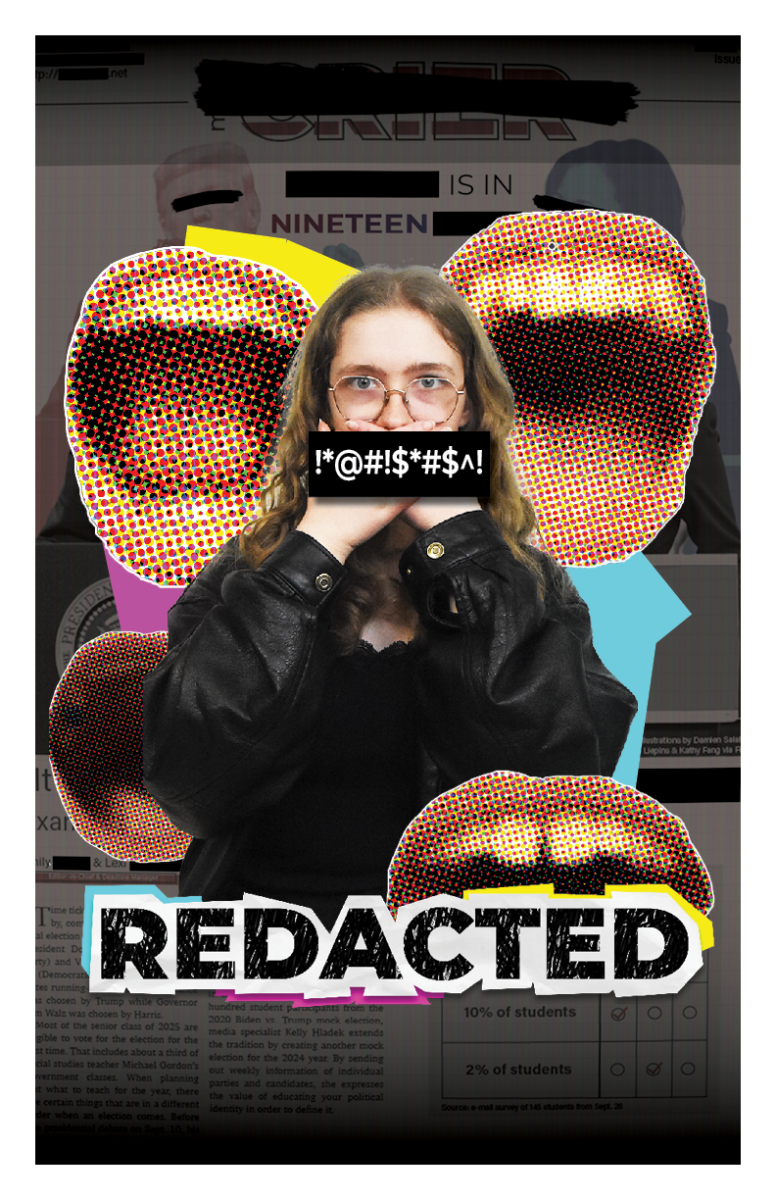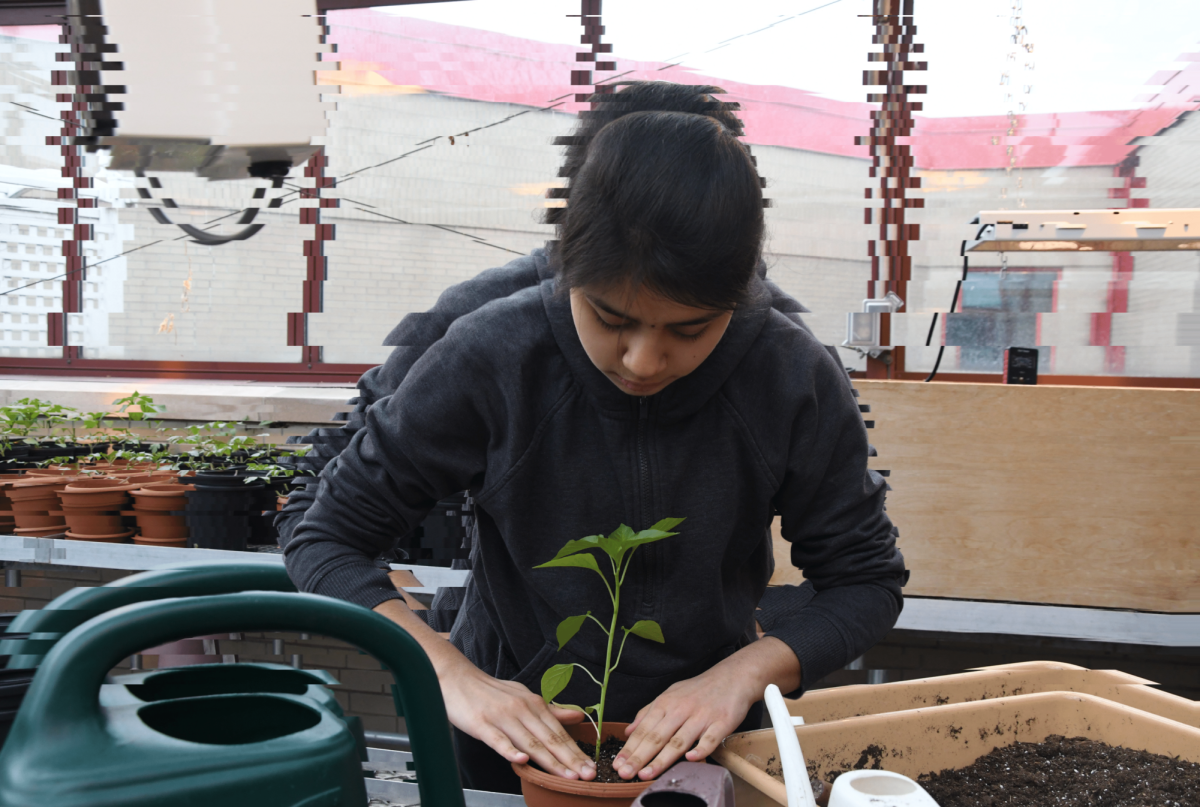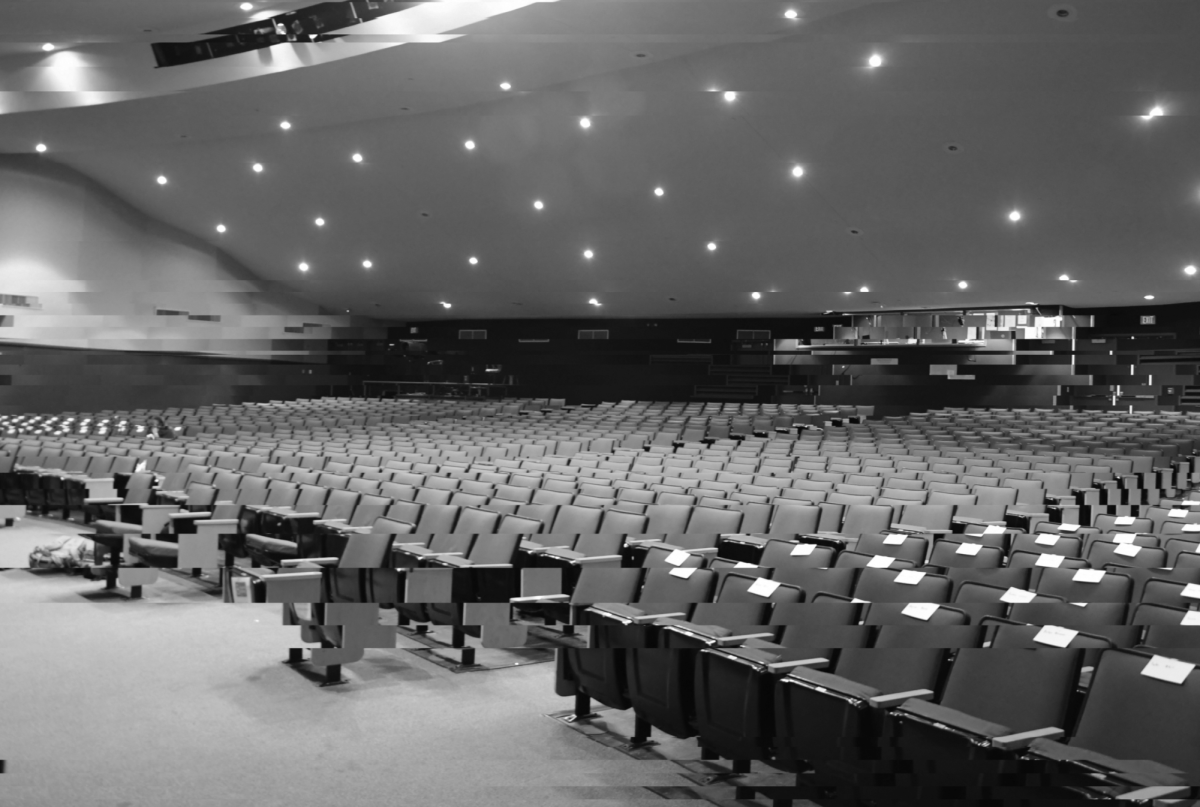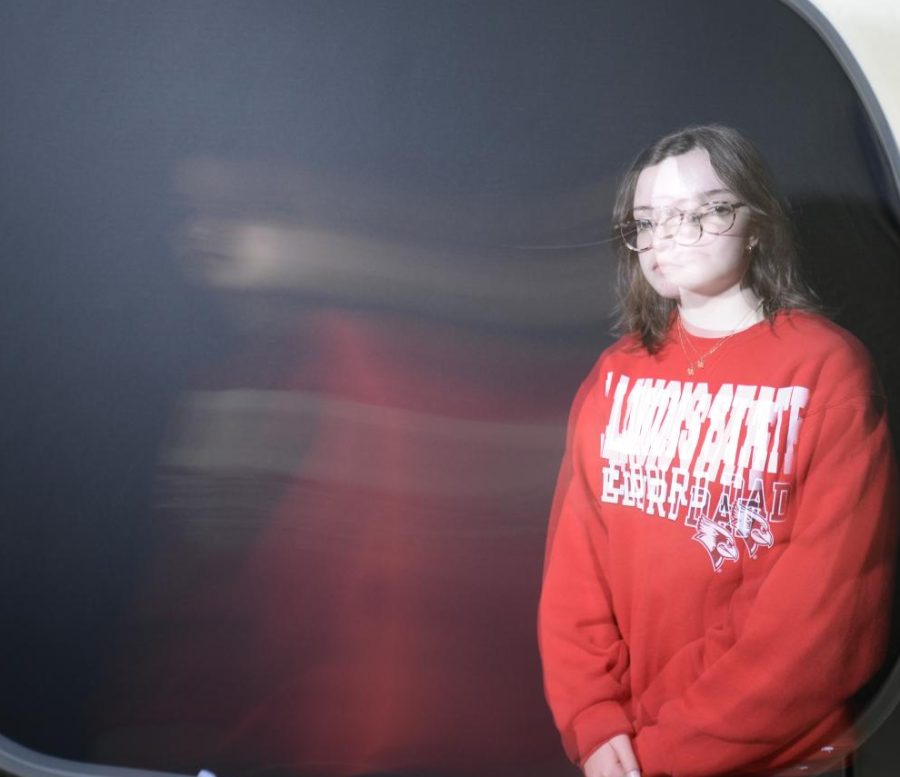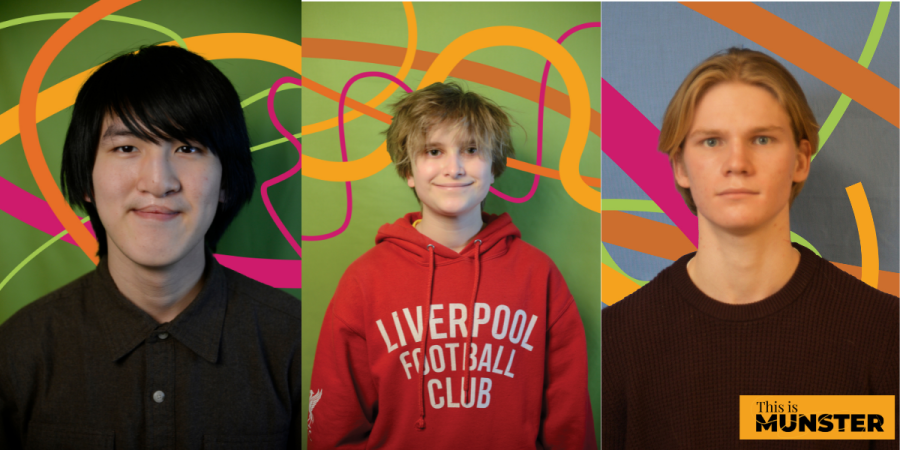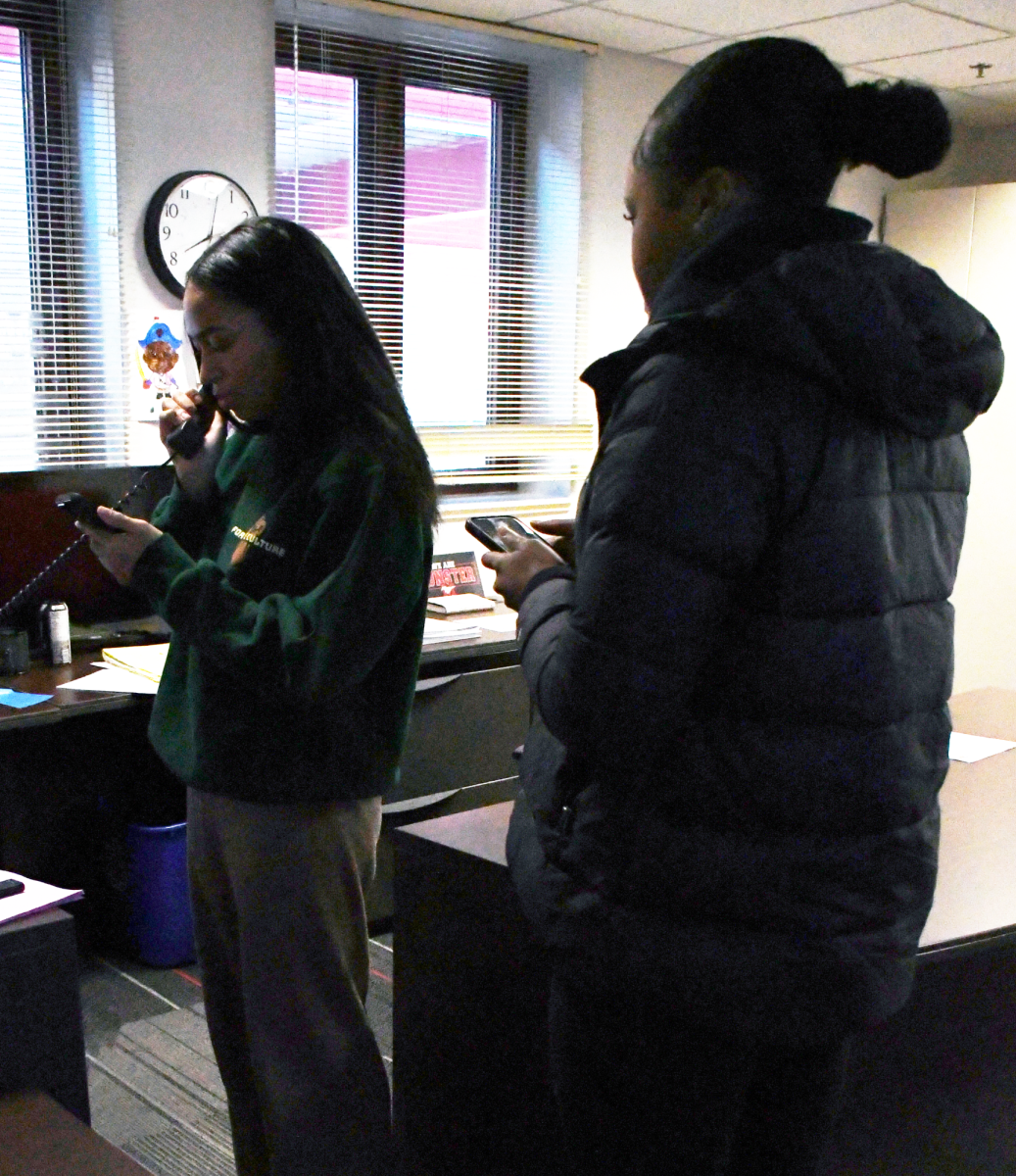When you get a chance, look up. Notice how many people nearby you are on their phones, scrolling or texting, or taking pictures and videos. The cell phone has become a staple of the modern day. Yet, this staple is considered a cause for concern by many.
Munster’s current cell phone policy states that phones must be in backpacks, out of sight for the duration of standard school hours. Breaking this policy is grounds for having the offending device taken and escalating consequences including detentions. Yet this policy does not seem to do anything to slow the usage of phones in school.
“We kind of talk about cell phones and why we don’t allow it,” dean of students Brad Docter said. “If you look at [Barstool], how many of those pictures are taken in school? A lot of them are.”
While Munster’s own phone policy predated Indiana‘s law to require phone ban policies within public schools statewide, many other schools in the region did not, such as Docter’s former school in Lowell. While the phone policy is consistently debated, Munster administration takes a negative stance towards phones, particularly social media.
“When we were younger, if you had something bad to say about somebody, you had to say it to their face, or there were rumors, you had to physically say it to someone,” Docter said. “Now it’s too easy to hide behind the screen, and you can just say it and not have to worry about consequences, because they’re not there. From time to time, [students] give us screenshots of things that people are saying. It’s just easy to hide behind. And you can say whatever you want.”
It is not just Munster staff who find phones to be detrimental to the academic environment. National surveys seem to suggest a shared mindset, including one run by the National Education Association (NEA).
“Educators who work in schools that allow personal device use find it very disruptive,” NEA said in a report released on August 12, 2024. “An overwhelming majority of NEA members—90 percent—support school policy prohibiting cell phone/personal devices during instructional time, and 83 percent support prohibiting cell phone/personal device usage during the entire school day with exceptions for things like medical or assistive-technology needs.”
It is not just disruptive, it is prone to inciting hate. The specific algorithm that social media platforms use to boost certain videos has been shown to favor controversy due to the number of comments these topics bring. The American Psychology Association (APA) agrees.
“As researchers have found with the internet more broadly, racism is built into social media platforms,” said the APA. “For example, algorithms can often have centuries of racist policy and discrimination encoded. Social media can become an incubator, providing community and training that fuel racist hate. The resulting potential impact is far-reaching, including physical violence offline, as well as threats to well-being.”
While education seems to take a negative view of phones and social media, the APA does not consider social media to be unilaterally evil, but rather a product of the intersection of people.
“Using social media is not inherently beneficial or harmful to young people,” said the APA. ‘Adolescents’ lives online both reflect and impact their offline lives. In most cases, the effects of social media are dependent on adolescents’ own personal and psychological character


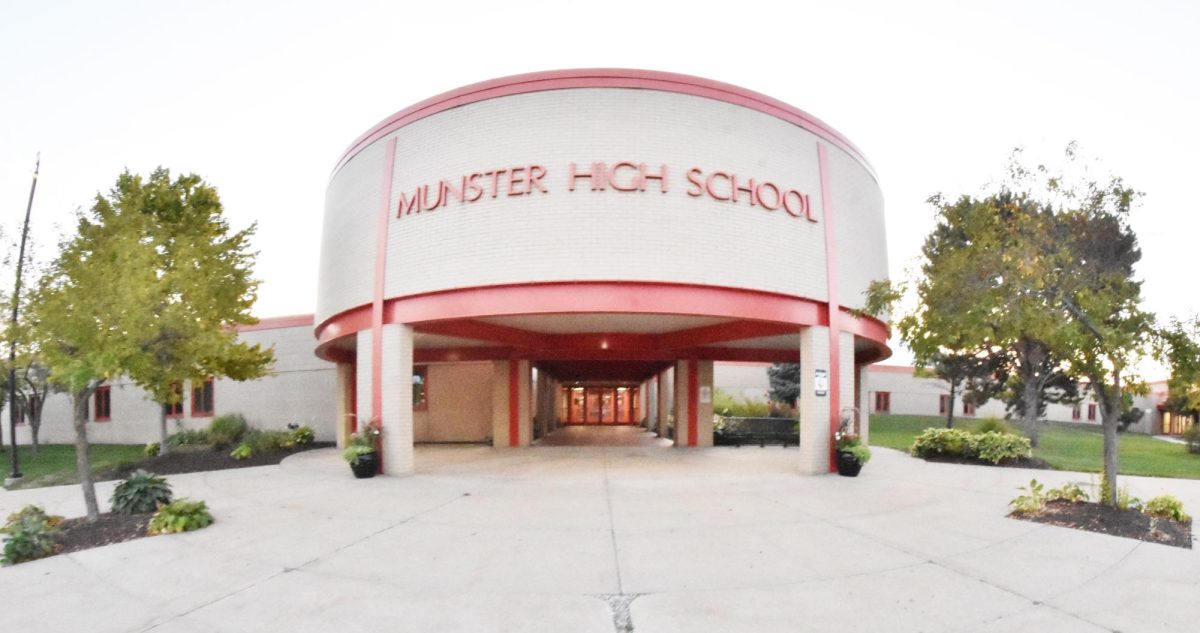


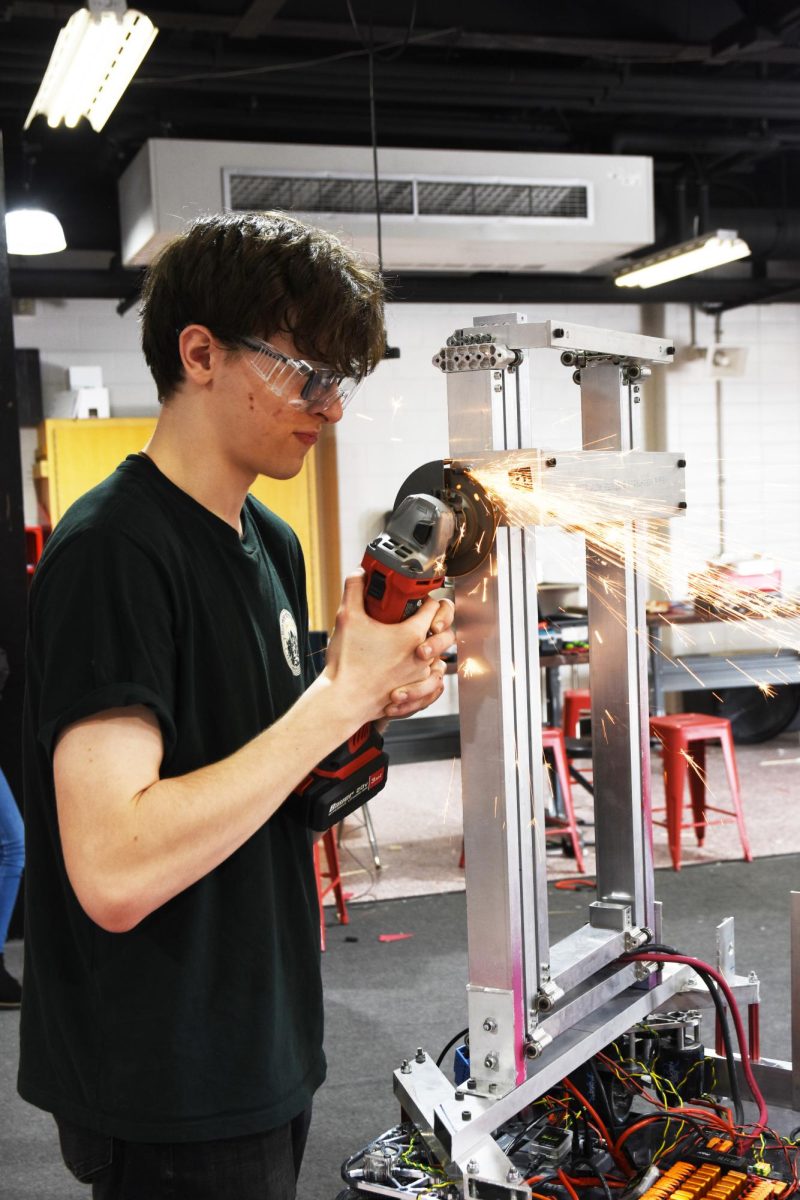




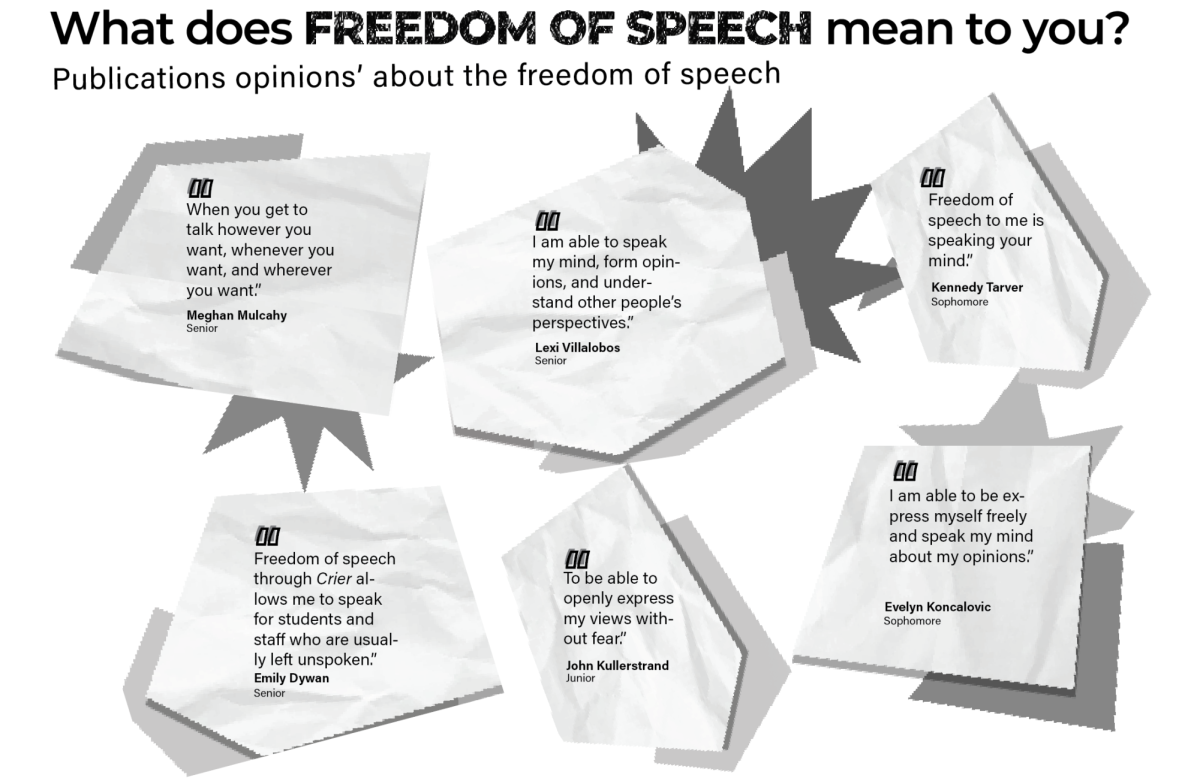





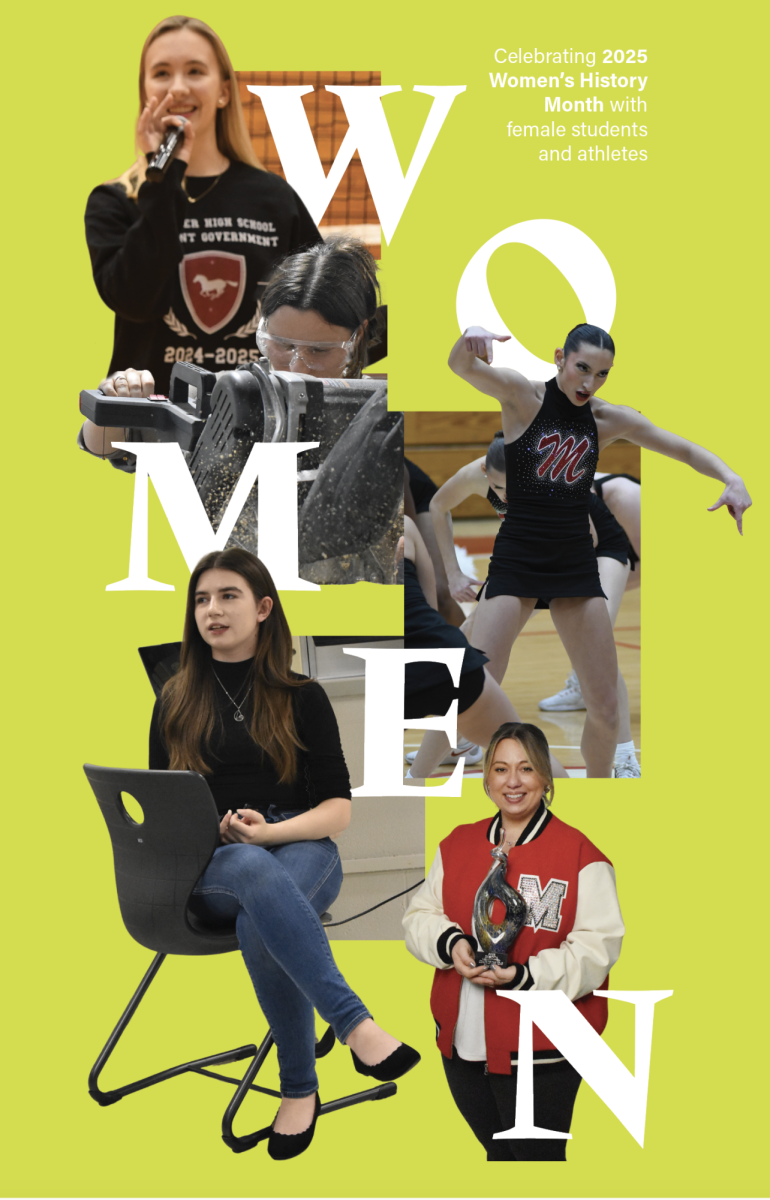

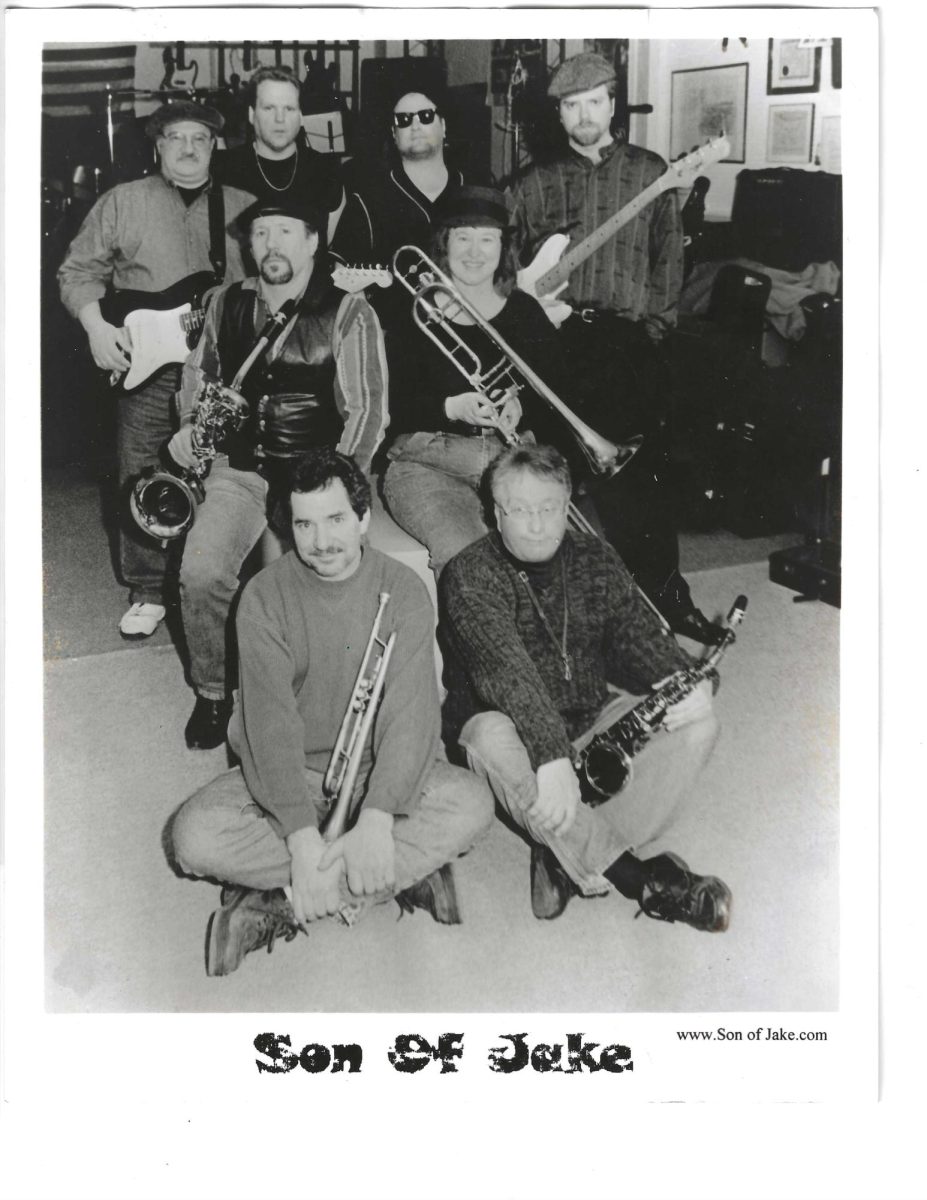




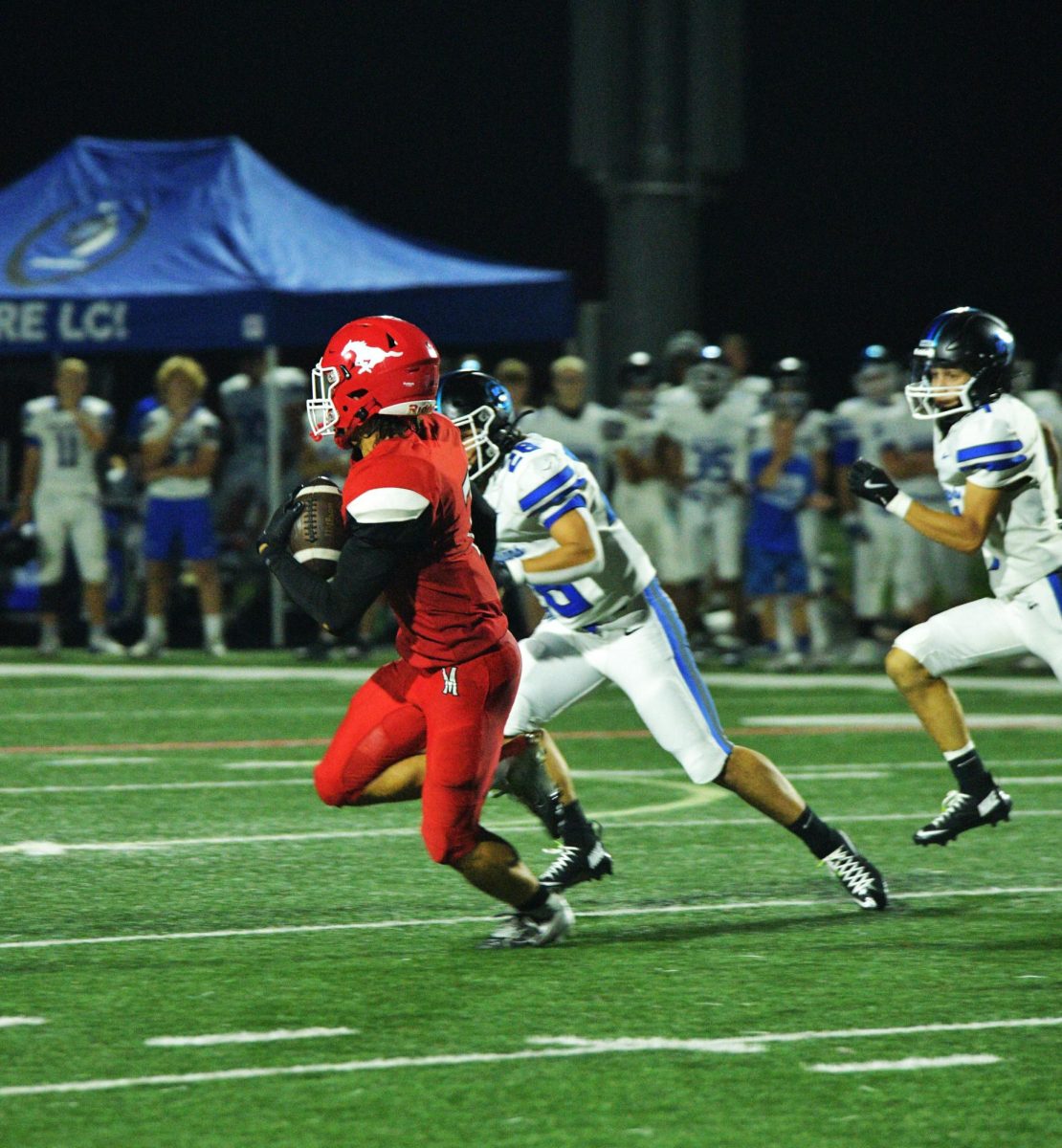


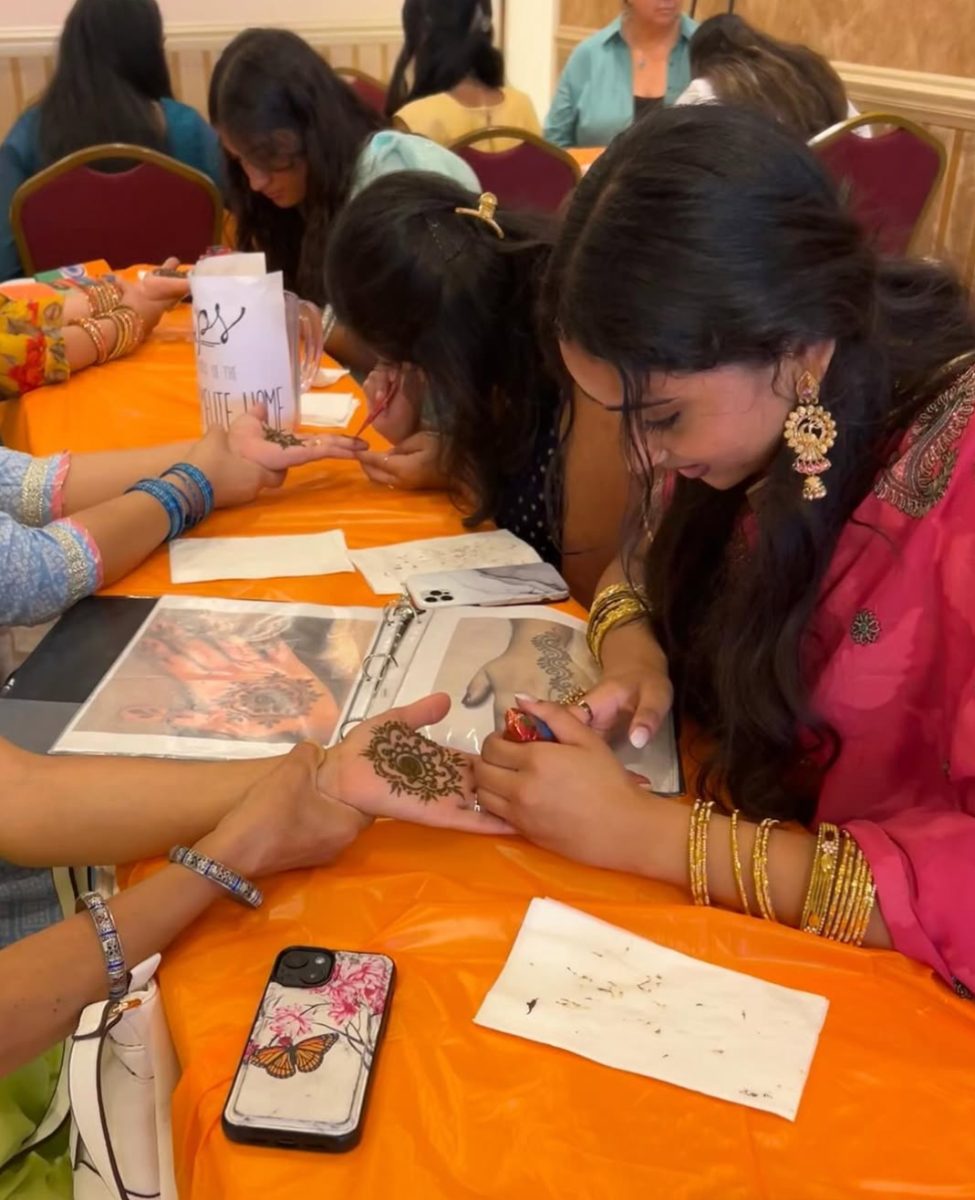

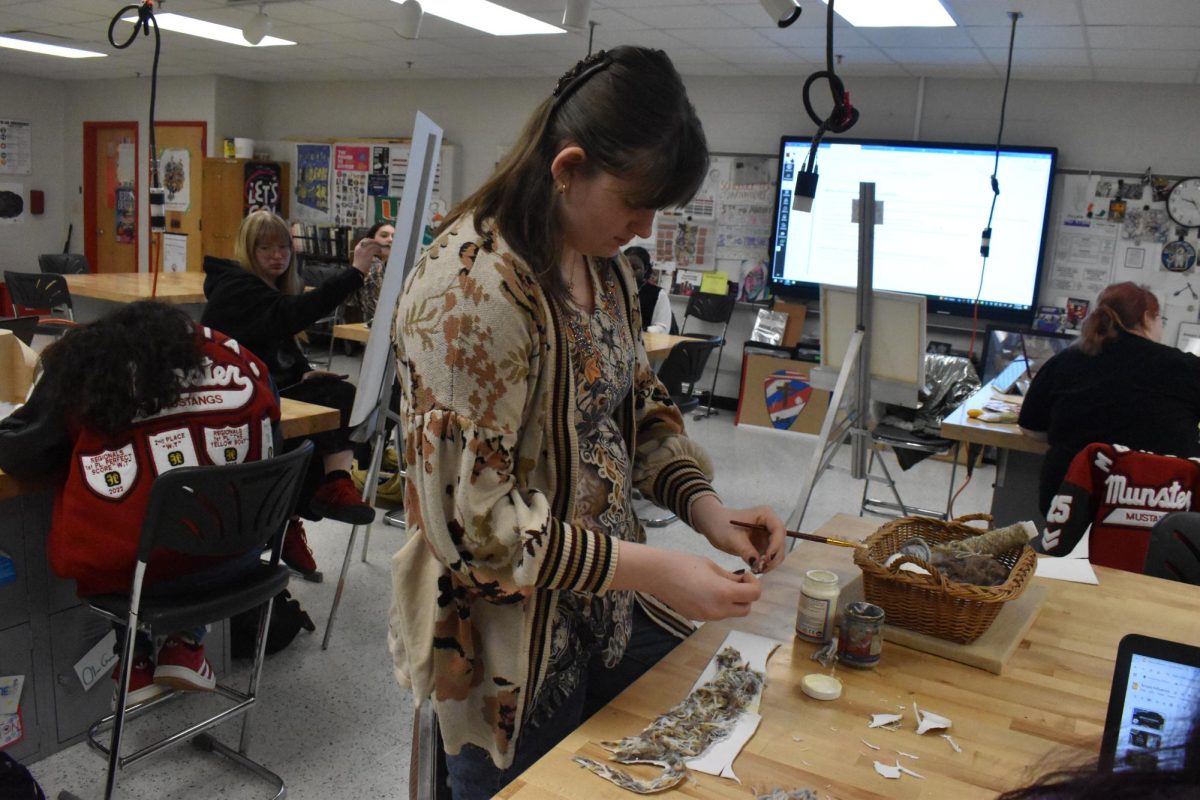
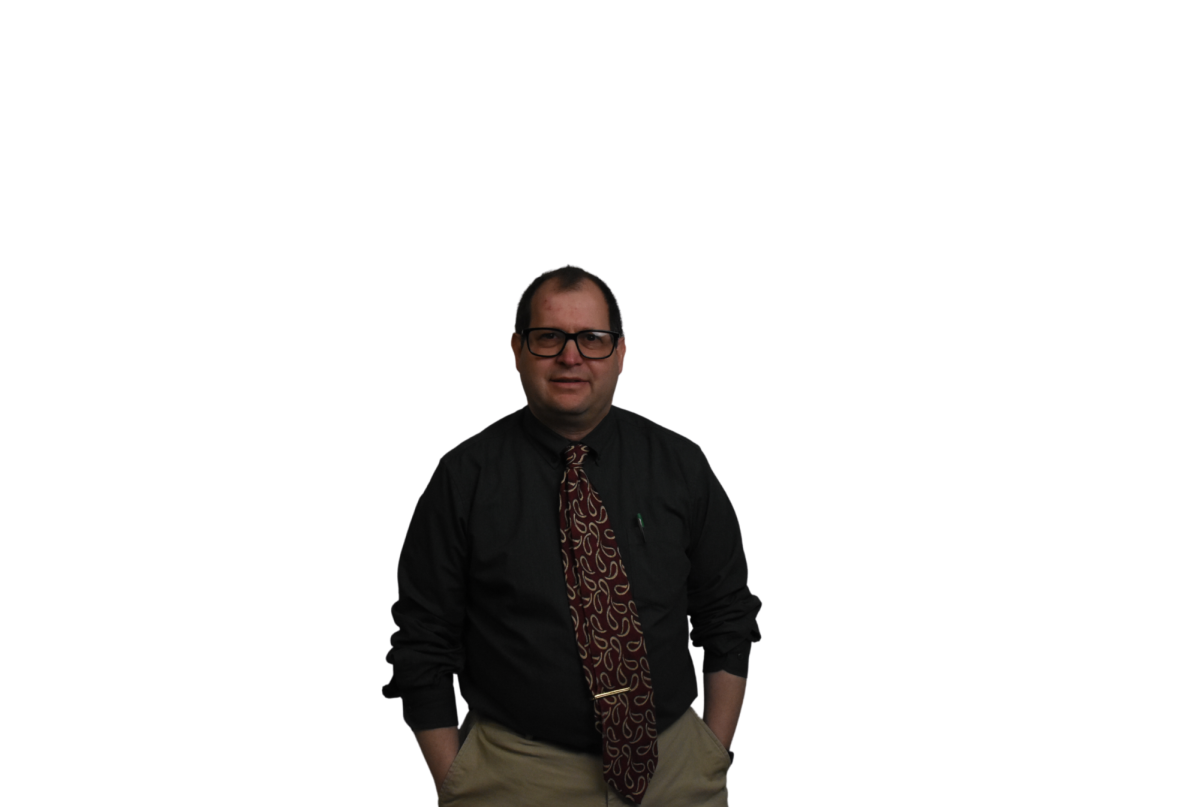
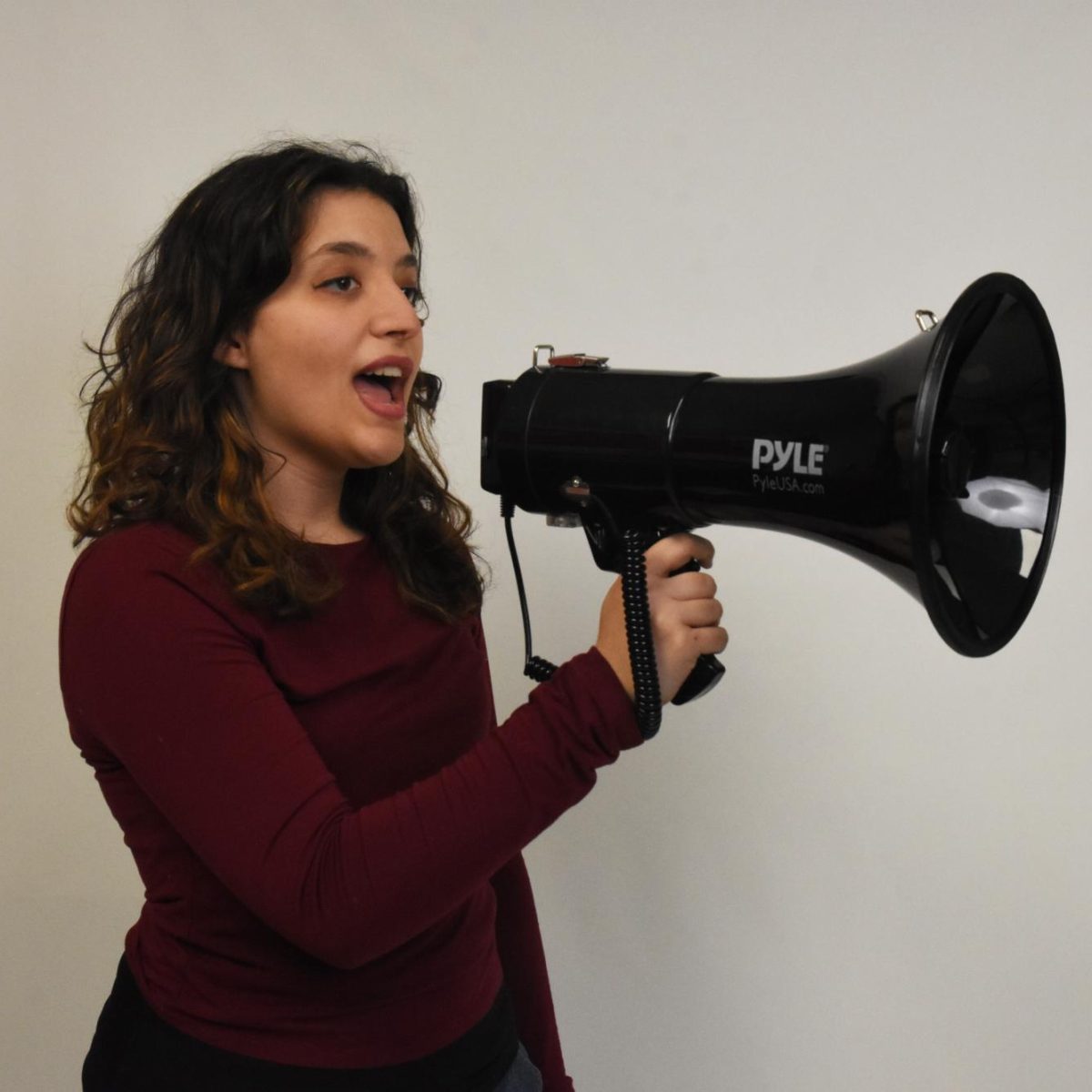
![SNAP HAPPY Recording on a GoPro for social media, senior Sam Mellon has recently started a weekly sports podcast. “[Senior] Brendan Feeney and I have been talking about doing a sports podcast forever. We love talking about sports and we just grabbed [senior] Will Hanas and went along with it,” Mellon said.](https://mhsnews.net/wp-content/uploads/2025/04/sam-892x1200.png)
